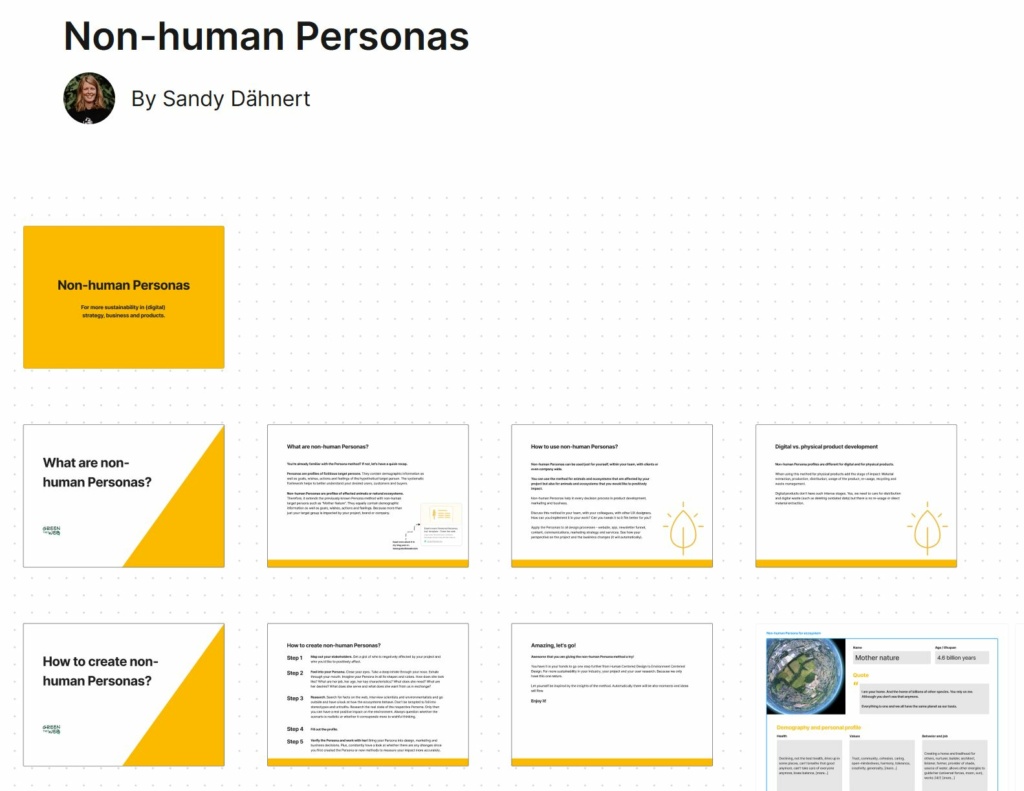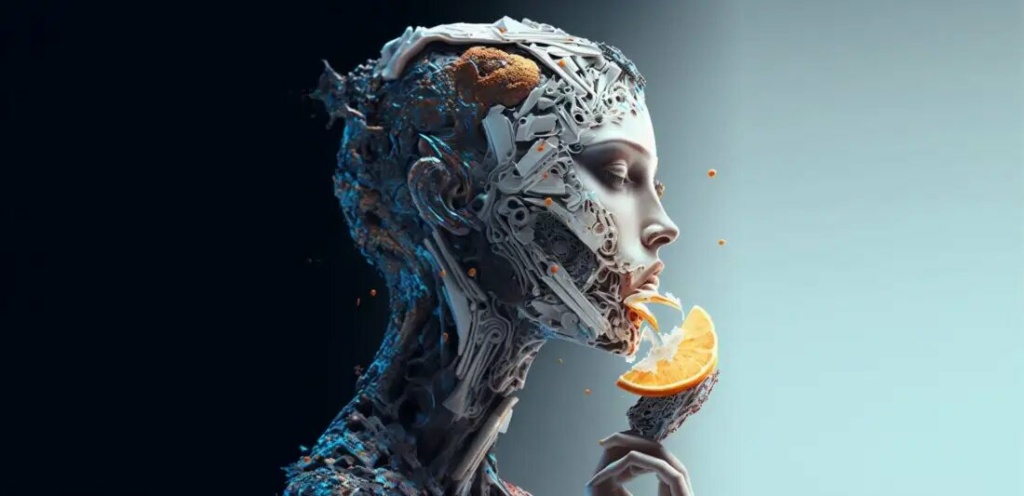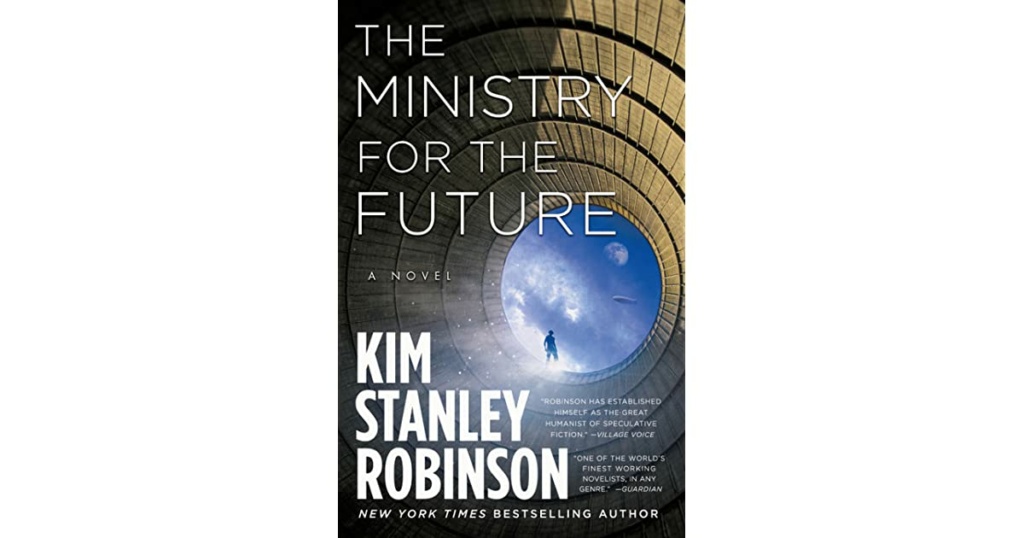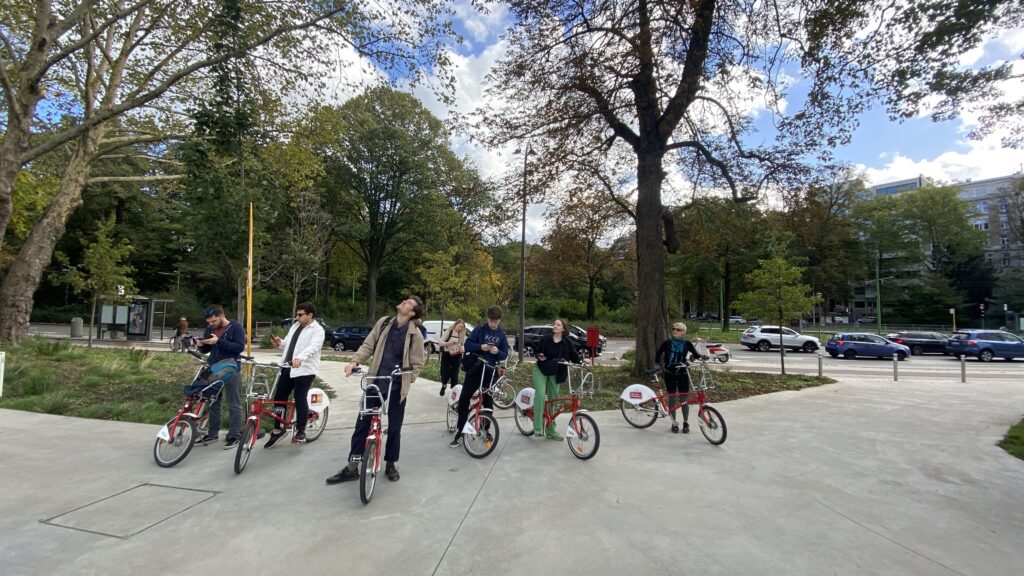|
Humane design for non-human personas
|
Hello everyone!
Here in the Northern Hemisphere we have just passed Imbolc, the pagan start of spring when the plants begin to show signs of new life. Everything is starting to feel just a little lighter this month as the promise of Spring provides some light at the end of winter’s tunnel.
Following on from last month’s issue on what a more humane web might look like, we’ve been looking at more ways we can collectively create experiences that focus on ‘non-human personas’ (i.e. the earth and all those living on it, without a human voice to self-advocate). This feels especially important given the rapid increase of the use of AI over the past year. We’ve come across some great articles, ranging from more about the potential impact of AI on human creativity, to how including non-human personas in our projects can help us design more sustainably. We hope you enjoy this issue!
Until next time,
– Tom Greenwood
|
|
|
Top picks from the green web
|

The magic of non-human personas
|
If you haven’t come across the term ‘non-human persona’ before, you may be wondering what this actually means. Sandy Dähnert, host of the sustainable design podcast, Green the Web, explained this in detail in this episode. In short, non-human personas are all those who may be affected – beyond your target market – by your impact. So this can include animals and their direct environment, rivers, trees, entire ecosystems and even planet Earth. It’s not that long ago that Patagonia made history by making Earth their only shareholder. This is a perfect example of prioritising a non-human persona.
I highly recommend having a listen to the podcast. Sandy also shares some great resources – including Figma and Miro templates – for anyone who would like to start adding non-human personas to their next discovery workshop.
|
|

Who’s Responsible for Your Digital Carbon Footprint?
|
Are we each responsible for our own carbon footprint? Tim Frick from Mightbytes shared his thoughts in a really interesting article, looking at who really should take responsibility for digital emissions. This is especially important for those of us in the sector, after all, as Tim says, “We all use the internet every day.” So where do we draw the line on whether the digital footprint we create is our responsibility, or that of others?
Tim takes an objective look at individual versus corporate responsibility and what the boundaries currently are when it comes to organisational responsibility in the context of climate strategy, which often doesn’t even include digital. Tim shares a super useful visual (pictured) on emissions scopes, that can help when it comes to looking at how to measure progress. He also shares some ways we can begin to address our digital carbon footprint. A very insightful article on an important but complex topic.
|
|

Will AI eat human creativity alive?
|
In this thought-provoking article from Damien Lutz, he highlights a new AI service (currently in beta), Uncreative, that is a prototype of how AI could replace the work of creative agencies. Right now it’s limited, but in his piece, Damien shares how he thinks this real world application of AI could “actually be the start of a major disruption for marketing, graphic and content design, and more.”
The implications of Uncreative range from the idea that human creativity is outdated, to what laws we may need to apply to inform how this technology may impact Earth and other lifeforms, not to mention the ethical implications! While there is also much research being undertaken as to how AI can be a positive tool when it comes to life-centred design (such as using AI to pose as a non-human persona), we mustn’t underestimate the potential for negative impact. As I’ve said before, I’m both curious and cautious about the impact of AI, while trying to maintain a healthy dose of optimism.
|
|
|
Training a single AI model can emit as much carbon as five cars in their lifetimes
|
While we’re on the subject of AI (and I feel we will be a lot more this year!), this piece in Technology Review about just how much energy it takes to train a single model is an eye-opener! The impact of ChatGPT could be significantly higher than the examples in this report as OpenAI’s infrastructure has at least 10,000 GPU processors and 285,000 CPU processors.
In my recent interview with ChatGPT it couldn’t tell me its own carbon footprint, so it’s good to have a report like this to provide some insights, even if not definitive answers. It’s good to see that researchers are already looking at how to address this, in a world where the increasing use of AI is a given.
If you’re curious about the solutions, also check out this recent recent Green I/O podcast episode with Elin Hauge and Héloïse Nonne discussing How to tackle AI true environmental cost? It’s well worth a listen.
|
|
|
|
|
"We’re making Earth our only shareholder. I am dead serious about saving this planet.”
|
Yvon Chouinard, Patagonia founder
|
|

Ministry for the Future by Kim Stanley Robinson
|
Reading “The Ministry for the Future” by Kim Stanley Robinson had an interesting effect on me. As I see news headlines and read articles on the climate crisis, I find myself thinking “huh, The Ministry for the Future predicted that”. It’s a novel that feels to have rare prescience.
The book offers an engaging, plausible vision of what we might experience in the coming decades. Starting in 2025, the book has two main protagonists. Mary is the head of the newly created titular ministry and Frank is a US aid worker recovering from the psychological and physical trauma of a “Wet Bulb” heat event in India. The story is told from their perspectives and interspersed with anonymous accounts of events across the world.
Stanley Robinson offers a wide ranging overview of life on a planet grappling with climate and social upheaval. It touches on topics like “Moonshot” geo-engineering projects, blockchain based carbon tokens, mass rewilding, climate migration, eco-terrorism, slow travel, airships, sail powered shipping and much more.
What I loved most about the book was its mix of horror, pragmatism and optimism. It offers a vision of what progress towards a more liveable, egalitarian world might look like. It does so without shying away from what an ugly, imperfect process will be required. If you are looking to add a little “cli-fi” into your reading list, it’s a great place to start.
– Andy Davies, Project Manager at Wholegrain Digital
|
|
|
|
|
Other news from the green web
|
-
In a more recent piece from Green the Web’s Sandy Dähnert, Sustainable UX is more than reducing your website‘s footprint, she shares more on sustainable UX/UI design, and how we need to prioritise maximizing the positive impact on our environment, and society. The doughnut tech diagram she shares with this piece is a great resource with which to dig deeper.
-
IBM recently shared their new guide on Design for Sustainability. I really like how they articulate a clear vision and philosophy, rather than just a list of technical principles.
-
Sustainable Web Developer Michael Anderson explains how sustainable web design can reduce the amout of e-waste we produce by increasing the average lifespan of our devices.
-
Web Sustainability Consultant Fershad Irani explains how website carbon estimates can be adjusted for greater accuracy, if you have specific information about the website and its visitors.
-
“I know it’s for the best,” he says, before adding wistfully, “but I liked the innocence of not knowing, That was a nice time.” – A researcher at Cambridge University reflects on the environmental impact of their own work in Big Data.
-
Wholegrain Digital’s Sustainability Lead, Marketa Benisek, recently collaborated with Compare your Footprint, to create this article on how to measure and reduce your website’s digital footprint.
-
I recently spoke to Carl Friedrich Then at ndion, on Sustainable Web Design, answering the question ‘Can the internet be made greener?‘ Also available auf Deutsh.
-
A year on from Russia’s invasion of Ukraine, I reflect on our failure to mention this in last years February issue and the horrifying conflict of interest in the business of war.
|
|
|
Join the Wholegrain Digital team
|

Want to work with a lovely bunch of happy humans?
|
We’re currently celebrating here at Wholegrain, having received recognition from employee mental health organisation Spill. This award celebrates that we are in the top 25 out of 600+ companies that use Spill to support employee well-being.
If you’d like to be part of our emotionally healthy, happy team, we have some open vacancies right now, from B Corp Talent and Office Manager to designer, developer and project manager roles.
If you’re someone who has been watching from the sidelines and thinking that maybe one day you’d like to join us on our journey, now is a great time get in touch and apply to join us.
Check out our careers page or simply get in touch with me by replying to this newsletter to learn more about us and explore options in a casual conversation.
|
|
|
|
|
Curiously Green is curated and written by Tom Greenwood, Marketa Benisek and Rachael B.
|
|
|
|